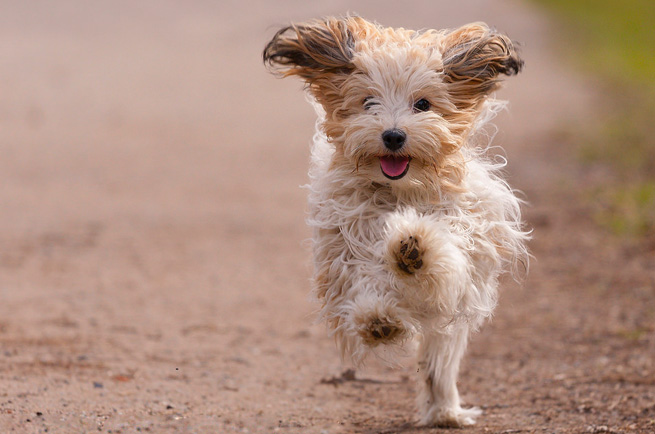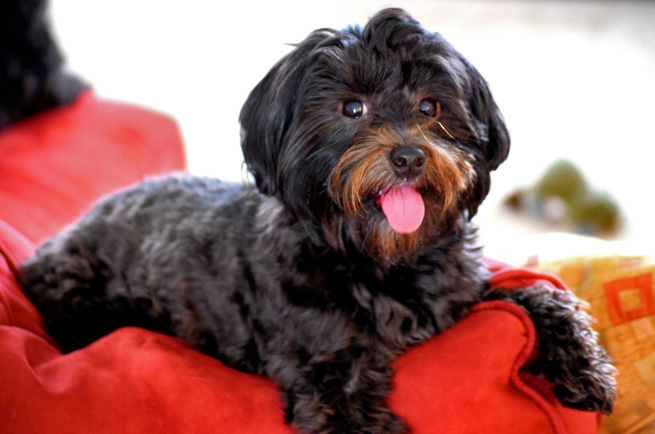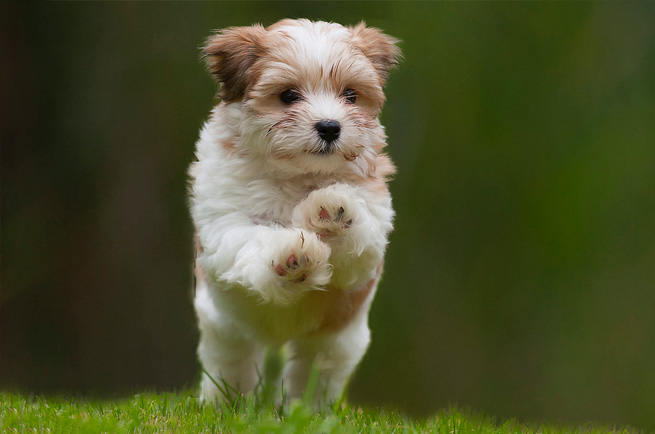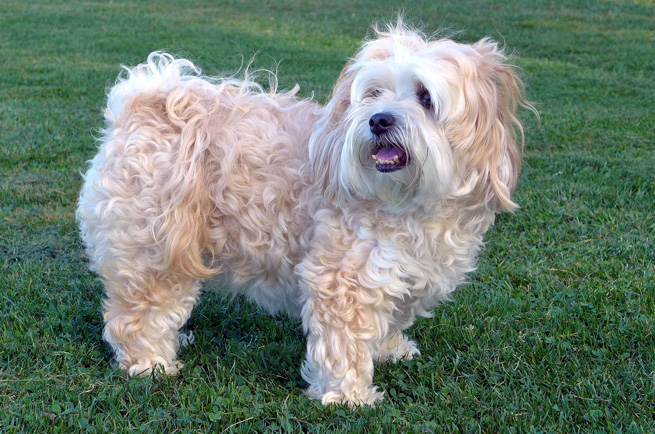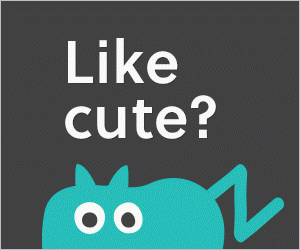Havanese
The perfect fluff ball for hairdressers in training. The Havanese is a sturdy toy breed with a happy-go-lucky personality and a spring in its step. The trademark curled-overtail flow into a silky coat that comes in a range of colours. The gorgeous long-haired coat is paired with large brown eyes that will melt your heart.
Country of Origin
Cuba
Colour
Comes in an array of different colours and marking pattern. Some of these include white, black, black & tan, sable, or grey.
Size
Small
Height / Weight
7-13 kgs
Health
Some develop PRA (Progressive Retinal Atrophy), or other eye conditions such as poodle eye or juvenile heritable cataracts. There can also be bone issues such as Chonrdodyplasia or patellar luxation (dislocated kneecaps). Others include Legg-Calve Perthes Disease (blood-related), cardiac, liver and kidney problems. There have also been cases of unilateral and bilateral deafness, Sebaceous Adentis (SA), seizures and dry skin.
Life Span
12-14 years
Intelligence
Havanese are often mistaken for the class clown rather than Albert Einstein. However, don't let those dopey eyes fool you! These guys are quite intelligence and have a good gauge on the world around them.
Exercise
Low
Suitability (Children)
Low
Feeding
To prevent your Havanese gaining a bit of a tummy, feeding should be limited to half a cup to a full cup of dry food each day. Rather than leaving these out, the dry food should be split into two meals.
Feeding Cost
Apx $10-15 p/w
Other Cost
Excercise
After their daily walk and a bit of playtime, your Havanese will be content to simply sit with you and watch TV. They don't require much exercise, however when they are taken on walks it is important to keep a firm lead as they can get a little confused as to who is top dog.
Hair Shed
Little
Ailments
Some develop PRA (Progressive Retinal Atrophy), or other eye conditions such as poodle eye or juvenile heritable cataracts. There can also be bone issues such as Chonrdodyplasia or patellar luxation (dislocated kneecaps). Others include Legg-Calve Perthes Disease (blood-related), cardiac, liver and kidney problems. There have also been cases of unilateral and bilateral deafness, Sebaceous Adentis (SA), seizures and dry skin.
Grooming
While the Havanese coat does not shed it does require regular grooming to remove the loose hair. To keep that long-haired coat silky and prevent tangled your dog should be brushed at least twice a week. Without your help the dog's coat will become wild, so it is best to either brush or cord the coat to make it more manageable. Many people also choose to trim the dog's coat short for easier care.
Grooming Frequency
The hair around your dog's paws will need to be trimmed so that they don't trip (even if it is hilarious to watch). Havanese must be bathed regularly to keep their delicate skin clean. In summer months dogs should be washed at least twice a month, during colder weather you will only need to bathe them once a month.
Trimming
Yes, especially around the paws, ears and eyes.
Originally, this sturdy toy breed was the pampered lap dog of the aristocracy. Later, his role evolved into that of a family companion or child’s playmate. However they are also used as watchdogs and, surprisingly, poultry herders. The Havanese is the national dog of Cuba.
comments powered by Disqus


